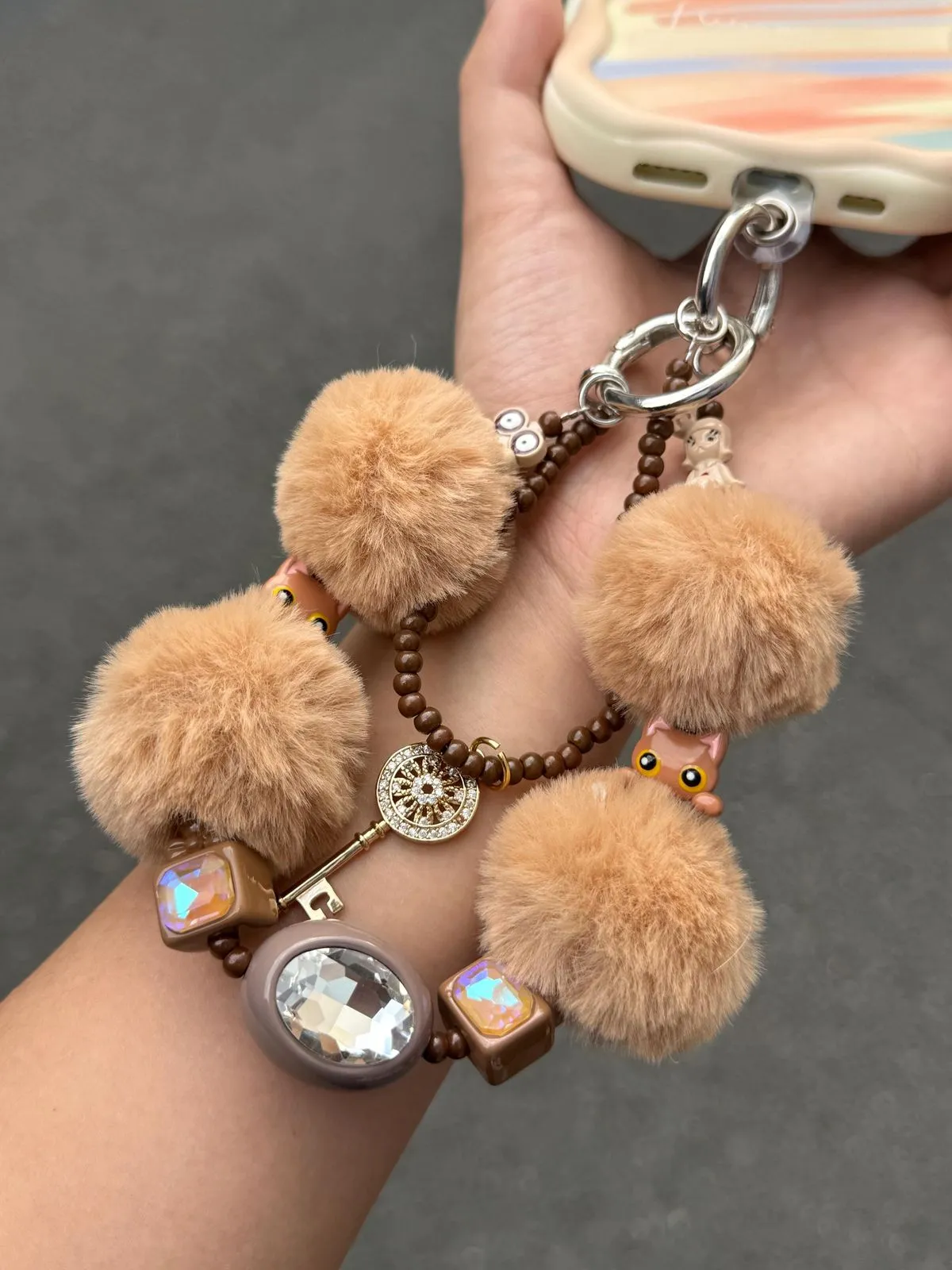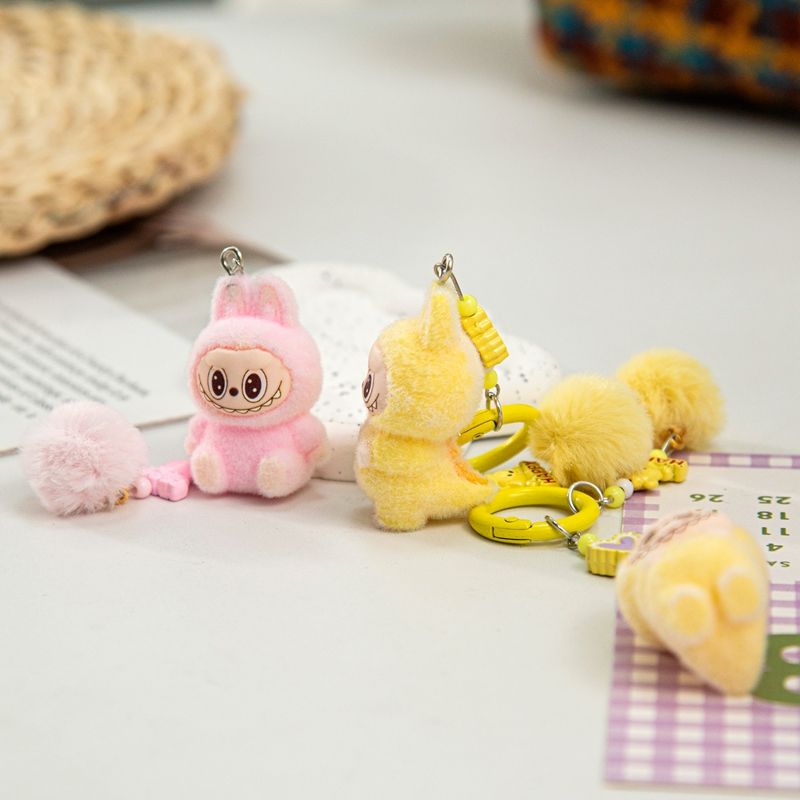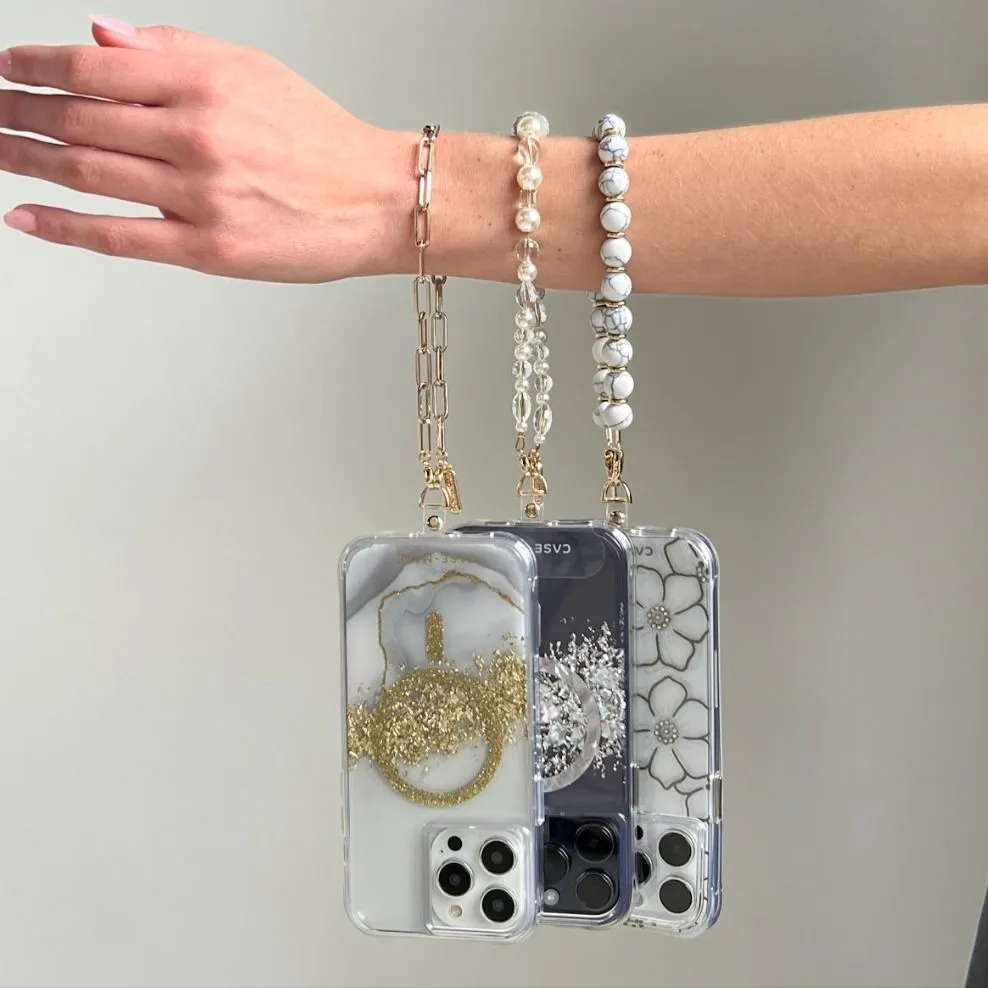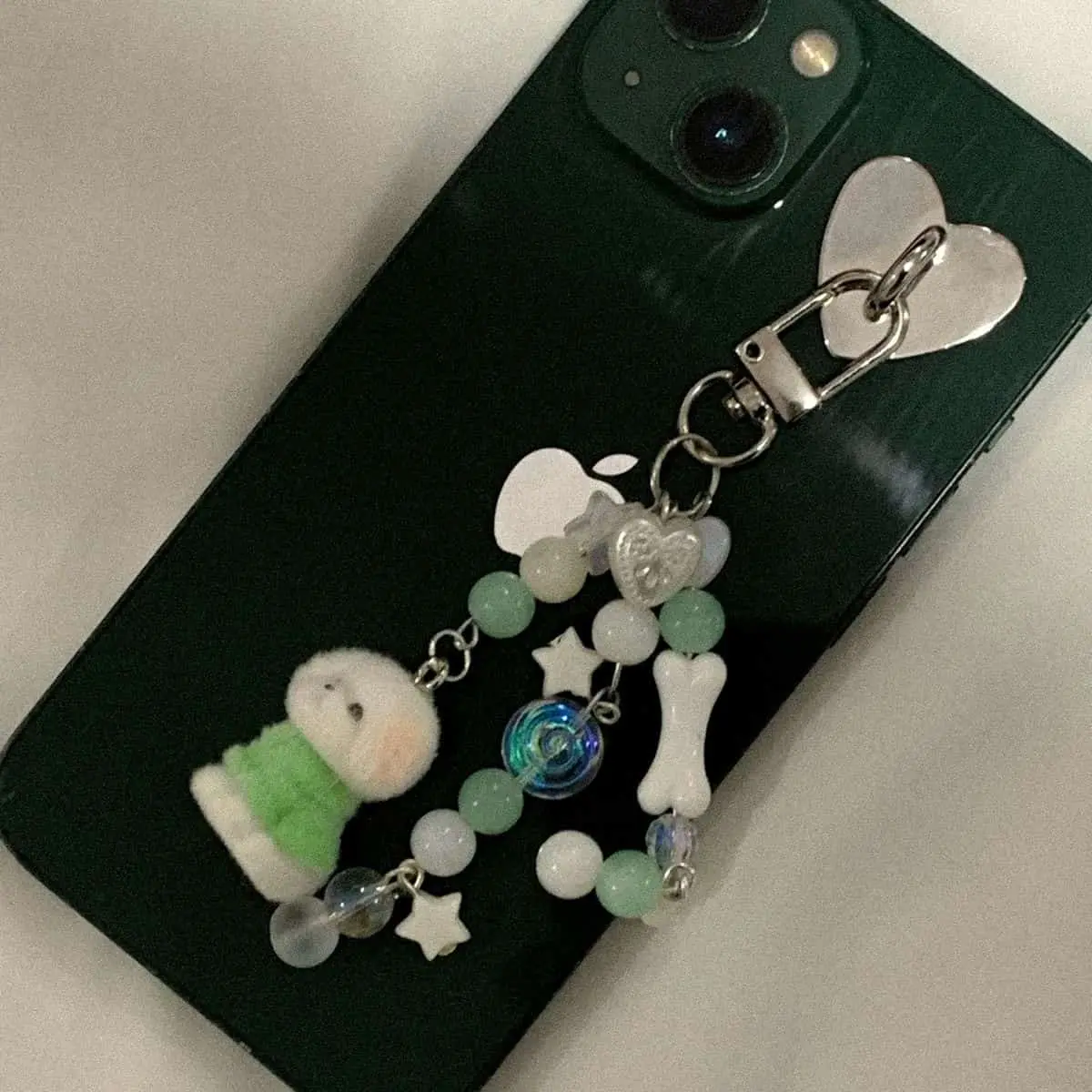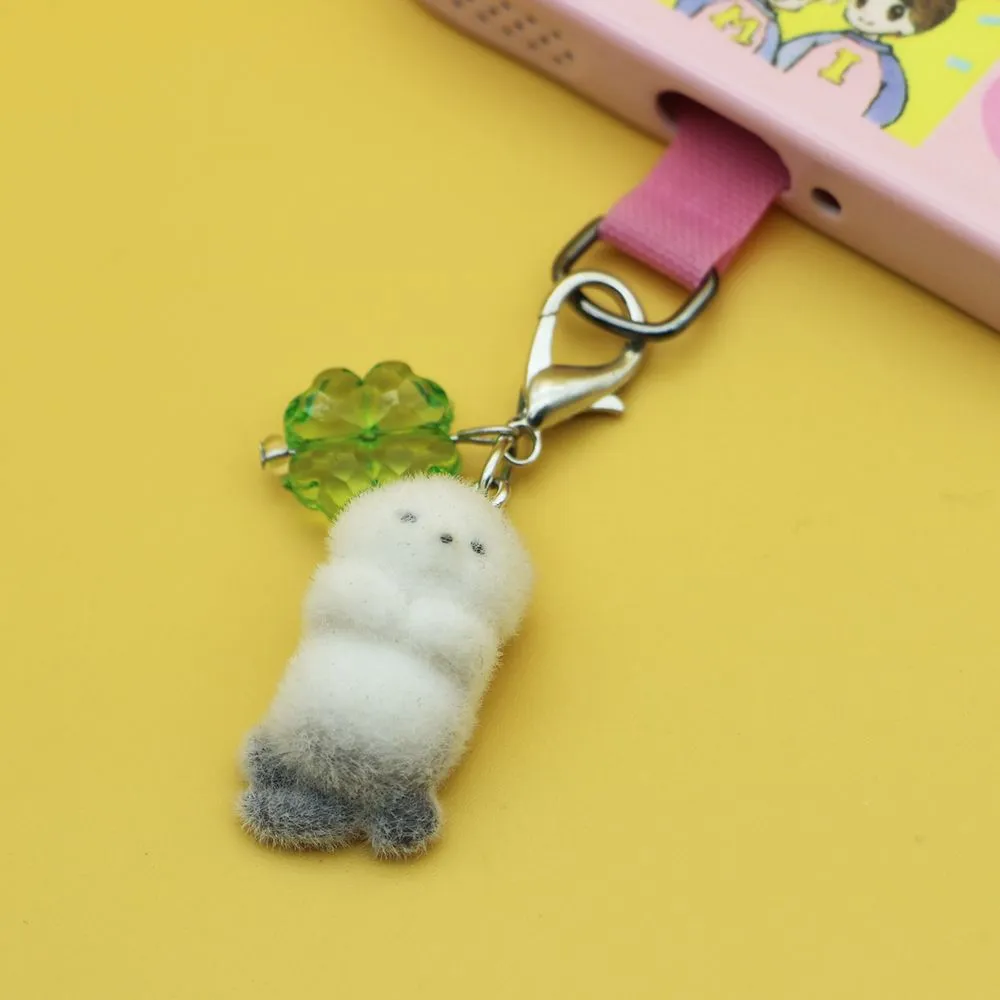In the modern business landscape, a carefully chosen corporate gift is far more than a simple formality, it is a controlled strategic asset. When executed correctly, professional gifting accelerates client relationships, reinforces loyalty, and acts as a powerful tool for employee appreciation.
However, the path to successful gifting is fraught with potential missteps from etiquette faux pas that can undermine goodwill, to regulatory compliance failures that carry legal risk.
This comprehensive guide moves beyond generic advice. We provide the strategic framework, budgetary benchmarks, and essential compliance rules you need to transform your corporate gifting program from an obligation into a genuine, measurable competitive advantage.
Table of Contents
ToggleThe Foundations of Flawless Corporate Gifting Etiquette
Effective gifting starts with impeccable etiquette. The goal is to convey genuine appreciation without creating discomfort or the perception of improper influence. Failures in taste and appropriateness can negate the entire gesture, regardless of cost.
Quality Over Extravagance: Setting the Right Tone
The first principle of professional gifting is to prioritize quality and appropriateness over sheer expense. Overly extravagant gifts can cross the line, potentially making a recipient feel uncomfortable or even obligated.
The Do’s of Selection:
- Professional and Shareable: Focus on items suitable for an office or professional setting, such as high-quality desk accessories, premium food assortments, or books relevant to professional interests.
- Balanced Assortments: If gifting food, balanced assortments (savory snacks, nuts, coffee, or tea) ensure broader enjoyment and consideration for all recipients.
- Thoughtful Presentation: Choose gifts that feature elegant, professional packaging and include a high-quality card.
The Don’ts of Selection:
- The Overly Personal: Avoid items like clothing, perfume, or jewelry, which are too intimate and can be perceived as invasive or inappropriate.
- The Mass-Produced Generic: Generic items, such as standard branded mugs or pens, fail to leave a lasting impression or make the recipient feel truly valued.
- The Excessive: Always convey generosity without going overboard, sticking to tasteful, well-balanced items.
The Power of Personalization: Making the Recipient Feel Seen
Personalization is the “secret ingredient” that maximizes the relational impact of your corporate gift. Generic gifts, however expensive, simply don’t resonate. A curated and intentional gift demonstrates thoughtfulness and effort.
- Tailor the Contents: Choose items based on the recipient’s known professional interests or preferences.
- Customize the Item: Incorporate the recipient’s name or initials on the item itself.
- Strategic Impact: Research indicates that personalized gifts can increase engagement rates by up to 20%, making them a highly valuable investment.
Timing and Presentation Protocol
The effectiveness of a corporate gift is inextricably linked to its timing and delivery. A timely gift communicates that your business is organized and genuinely attentive.
- Optimal Timing: Gifts should be scheduled to arrive at the optimal moment such as immediately after a successful collaboration, to mark a key client anniversary, or prior to a major holiday season.
- The Written Message: Use a high-quality card for your message. Keep the message concise, professional, and specific to your relationship, acknowledging a recent achievement or referencing specific shared interactions.
- Digital Delivery Follow-up: When a physical gift is sent, a formal digital communication (email) should accompany it. This email must include :
- A polite and personalized greeting.
- Expression of appreciation for the relationship.
- A brief description of the gift, emphasizing its relevance or value.
- Clear delivery details and expected arrival date.
Building a Strategic Corporate Gifting Budget
A sustainable and effective gifting program requires a structured budget architecture that links expenditure to strategic relationship value.
Benchmarking Your Annual Gifting Spend
For leading organizations, gifting is a systematic, year-round program, not a seasonal expense. Annual gifting budgets typically range from 0.5% to 3% of the company’s overall Marketing and Human Resources expenditures.
Spending varies significantly by company size.
- Small Businesses (1–50 employees): Typically spend $30–$100 per gift.
- Mid-Sized Companies (50–500 employees): Range from $50–$150 per gift.
- Large Enterprises (500+ employees): Allocate $75–$500 per gift, reflecting the higher strategic value of key accounts.
Also Read: What Is a Corporate Gift? How to Impress Client and Motivate Teams
The Client Tiered Spending Matrix
To ensure financial proportionality, spending must align with the depth and revenue generated by the client relationship.10 This tiered approach provides clear internal policy guidance:
| Client Tier | Suggested Annual Budget Range | Strategic Purpose | Example Gifts |
| Small/Transactional | $50 – $100 | General appreciation, brand presence | Gourmet snacks, branded quality items |
| Mid-Tier Clients/Partners | $100 – $250 | Relationship development, project closure | Custom gift boxes, premium wine sets |
| VIP Clients/Key Executives | $250 – $500+ | Major relationship maintenance, Executive access | High-end tech, luxury brand gifts |
Key Budget Notes:
- For C-suite touchpoints, a $50 to $80 budget is generally appropriate.
- For major milestones (client anniversaries, significant deal closure), boost the budget to between $150 and $200 to properly mark the occasion.
- As a rule of thumb, if a client generates six figures in annual revenue, an annual gift in the $200–$500 range is considered reasonable and justifiable.
Industry-Specific Budget Restrictions
Acceptable spending limits are heavily influenced by regulatory environments:
- Highest Spenders (Finance & Law): Often allocate $150–$500 per client due to high-value contracts and fewer external regulations.
- Compliance-Restricted (Healthcare & Pharma): Due to strict compliance laws, these sectors typically limit average spending to $50–$150 per gift.
- Tech & Startups: Tend to prioritize branding and culture, averaging $75–$200 per gift for employees and clients.
Mastering Global Gifting Compliance and Cultural Protocol
When operating internationally, a cultural mistake carries a higher relationship cost than almost any financial misstep. Multinational firms must adopt the most restrictive regional rules as their global default.
Understanding International Timing Differences
The optimal time to give a gift varies dramatically by region.
- North America/Europe: Gifts are typically presented at the completion of a project or collaboration as a thank you.
- China/Asia: Modest gifts are often exchanged at the first meeting as a sign of respect and to initiate the relationship.
- India: Gifting is often linked to major festivals like Diwali or Eid; timing your gift to match these occasions shows cultural understanding.
- Russia: A small gift is preferred over a thank-you card following hospitality.
Critical Cross-Cultural Presentation Formalities
The way a gift is handled is often more important than the gift itself:
| Region | Presentation Formalities | Why it Matters |
| East Asia (China, Japan, Thailand, Vietnam) | Offer and accept the gift using both hands, palms up. | This is a vital sign of deference and respect. |
| India | Use the right hand to give and receive (the left is considered unclean). | Failure to use the right hand can be seen as disrespectful. |
| China, Japan, India | Gifts are typically not opened in the presence of the giver. | Opening immediately is often considered impolite or greedy; restrained appreciation is a sign of humility. |
The Gifting Taboo Matrix: Items to Never Send
Certain items carry deep cultural significance and must be strictly avoided.
| Item to Avoid | Region(s) | Cultural Significance |
| Sharp Objects (Knives, Scissors) | East Asia, Brazil, Italy, Peru, Switzerland | Represents the severing of ties or the end of a relationship. |
| Umbrellas | China, Hong Kong | Symbolizes the relationship ending. |
| Green Hat | China, Hong Kong | Carries an extremely derogatory implication regarding the recipient’s spouse. |
| Clocks, Handkerchiefs | China, Hong Kong, Italy, Japan | Associated with mortality or funerals. |
| Black/White/Blue Wrapping | China, India | Colors associated with mourning or bad luck; use red, pink, or yellow instead. |
Navigating Legal and Financial Compliance
Regulatory Risk: The FCPA and Anti-Bribery Mandate
Corporate gifts are considered “things of value” and are a high-risk area for bribery under global laws like the US Foreign Corrupt Practices Act (FCPA) and the UK Bribery Act.
The legal determination of a violation rests entirely on intent. A gift crosses the line if it is designed to corruptly influence an official into taking an improper action for business advantage.
Policy Defense Standards: Best practice requires that promotional expenses be transparent, proportionate, reasonable, and bona fide (given without expectation of a return)
Also Read: 20 Unique Corporate Gift Ideas in 2025 That Your Clients and Team Will Appreciate!
Strict Limits for Government Officials
Gifting to public sector officials is non-negotiable and subject to stringent financial caps.
| Recipient Type | Legal Limit / Standard | Key Compliance Rule |
| US Federal Employees (from foreign sources) | Minimal Value Limit ($415 or less, adjusted periodically). | Requires consultation with an ethics counselor if the gift value exceeds the limit. |
| US State & Local Officials | Annual Cap: Prohibited from receiving gifts totaling more than $630 in a calendar year. | Gifts from registered lobbyists are limited to $10 per calendar month. |
Tax Strategy: US vs. UK Deductibility
Tax treatment varies significantly by jurisdiction, impacting how you structure your budget and expense reporting:
| Parameter | US IRS Regulations | UK HMRC Regulations | Strategic Implication |
| Deductible Limit (Individual) | $25 per person, per tax year. | Generally zero (treated as non-allowable business entertainment). | US firms have a small cap; UK firms must view the expense as a non-deductible relationship investment. |
| High-Value Exception | Gifts to a business for business use (e.g., shared office equipment) are fully deductible. | Non-existent, unless formalized under a pre-existing contractual obligation. | US firms can bypass the cap by focusing on shared company utility rather than individual benefit. |
| Low-Value Exception | Items $\le \$4$ with a permanent logo. | Items $\le \pounds 50$, carry a conspicuous advertisement, and are NOT food, drink, or vouchers. | UK limits are far stricter, penalizing popular items like gourmet hampers. |
Conclusion: Elevating Your Corporate Gifting Strategy
Corporate gifting is a complex discipline that requires balancing personal touch with meticulous compliance and smart financial strategy. By adopting a tiered budget system, prioritizing personalized (but not extravagant) gifts, and rigorously vetting international gifts for cultural taboos, you can ensure your program drives maximum relationship value while mitigating significant legal risk.
Mastering corporate gifting etiquette and developing a robust corporate gifting budget is no longer optional, it is essential to maintaining executive relationships in a global, regulated environment.
For businesses looking to implement a seamless, compliant, and highly personalized gifting program, partnering with an expert is the logical next step. Switts, your premier corporate gift supplier in Singapore, offers curated, custom solutions designed to meet both your strategic objectives and global compliance needs. Get started on your impactful gifting journey today.
- Christmas Gift for Colleague: Thoughtful Ideas for Every Coworker This Festive Season - November 26, 2025
- Corporate Gifting Etiquette & Budget Guide: The Master Strategy for Meaningful Professional Gifts - November 25, 2025
- Are Phone Charms Still Trendy in 2025? Here’s the Answer - September 29, 2025




